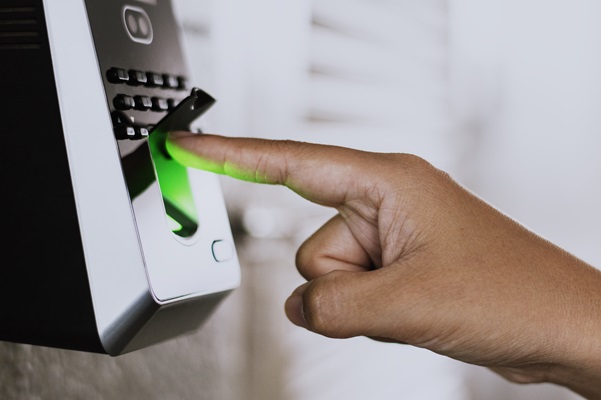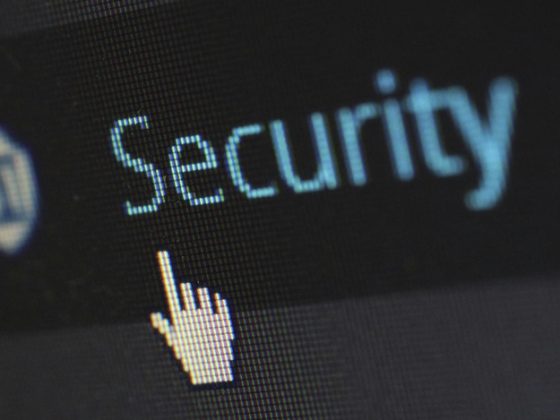The landscape of home security has shifted dramatically in recent years. Gone are the days of simple locks and alarms; now, we embrace a new era of smart home security systems that utilize cutting-edge technology to safeguard our homes. From sophisticated surveillance cameras to biometric recognition, the options are diverse and intriguing.

Traditional vs. Smart Home Security System
Traditional security methods have served us well for generations. Locks, deadbolts, and alarm systems were the bedrock of our safety. However, the emergence of smart home security systems has fundamentally changed the game. These systems are not just reactive; they are proactive, employing advanced technology to prevent breaches.
Smart Surveillance Cameras
One of the crown jewels of smart security is the surveillance camera. These are not your ordinary cameras. They are equipped with high-definition lenses, night vision, and motion sensors. These devices keep a watchful eye over your property, and with cloud-based storage, you can review footage remotely.
Video Doorbells
The advent of video doorbells has revolutionized how we monitor our front doors. With a built-in camera and two-way audio, they allow homeowners to see and speak with visitors, whether they’re at home or miles away. Some models even offer facial recognition, adding an extra layer of security.
Smart Locks
Smart locks have redefined the way we control access to our homes. They can be operated through a smartphone app, offering the ability to grant or deny entry remotely. Some models also incorporate biometric features like fingerprint recognition for added security.
Motion Sensors and Alarms
Motion sensors have become smarter and more sensitive. When integrated with smart alarms, they can differentiate between a pet and an intruder. In the event of unusual activity, these systems send real-time notifications to your smartphone, ensuring you’re always in the know.
Home Automation and Integration
The concept of home automation is all about synergy. Smart security gadgets integrate seamlessly with other smart home technology, such as lighting and thermostats. Imagine your lights dimming and thermostat adjusting when you activate your security system.

Artificial Intelligence and Machine Learning
Artificial intelligence and machine learning are the brains behind many smart security systems. They learn your household routines and can detect anomalies. For instance, if the system knows you’re at work but senses movement at home, it will alert you.
Biometric Security Measures
Biometric security measures, like fingerprint and facial recognition, add a layer of personalization to smart home security system. You are the key, and the system recognizes you. This offers a level of security that goes beyond traditional keys and passcodes.
Environmental Sensors
Home security isn’t just about intruders. Environmental sensors for smoke, carbon monoxide, and water leaks provide comprehensive protection. These sensors can save lives and property by detecting hazards before they escalate.
Wireless Connectivity
Wireless technology, particularly Wi-Fi, Bluetooth, and Zigbee, is the backbone of smart security gadgets. They ensure constant communication between devices and the homeowner. A strong, secure connection is vital for a reliable system.
Energy-Efficiency and Sustainability
Many smart home security systems come with eco-friendly features. They not only protect your home but also help protect the environment. Reduced energy consumption and sustainable practices make these systems eco-conscious.
DIY vs. Professional Installation
The choice between DIY installation and professional installation depends on your technical prowess and preferences. DIY can save you money, but professional installation guarantees a seamless setup and peace of mind.
Privacy and Data Security
Protecting your data is paramount. Manufacturers are increasingly aware of their responsibility to safeguard user information. It’s also crucial for users to take measures to ensure their privacy.

User-Friendly Interfaces
User-friendly interfaces are key to ensuring everyone in the household can operate the system. Customization options and easy navigation make smart home security systems accessible to all.
Maintenance and Upgrades
Regular maintenance and updates are essential for the long-term performance of smart security systems. Firmware updates and occasional upgrades keep your system current and reliable.
Cost Considerations
While the initial investment in smart home security systems may seem steep, it’s essential to weigh the long-term benefits. Consider monthly fees, subscription models, and the overall cost-benefit analysis.
Case Studies
Real-life examples of homes benefiting from smart home security systems shed light on the practical applications of these gadgets. Success stories and expert opinions provide valuable insights.
Future Trends in Home Security
The future of home security is brimming with possibilities. Predictive analytics, enhanced artificial intelligence, and emerging technologies promise even greater security and convenience.
Conclusion
In the grand scheme of home security, the journey has taken us from traditional methods to the realm of smart, connected systems. The integration of advanced technology, coupled with user-friendly interfaces and comprehensive protection, assures that our homes are safer than ever before with the advent of the smart home security system.



